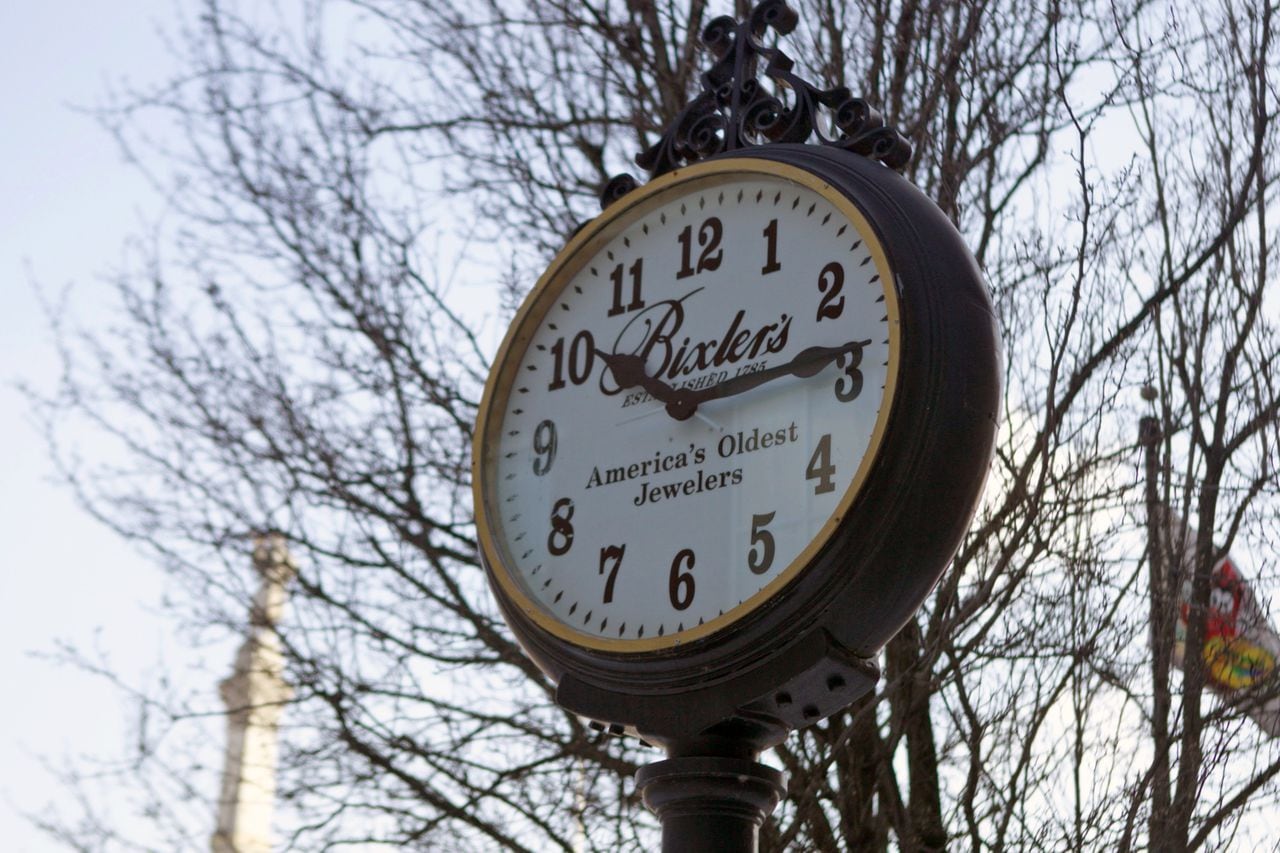
It’s a New Year in 2024, and the winter solstice has passed, meaning the days are getting longer.
While it’s a ways out, daylight saving time will eventually lengthen the later part of the day, as well, with an additional hour of evening light as people “spring ahead,” turning the clocks forward an hour.
Daylight saving time, also referred to as daylight savings, will begin at 2 a.m. on Sunday, March 10.
Those longer evenings will last until daylight saving time ends later in the year, on Sunday, Nov. 3, at 2 a.m.
Daylight saving time begins the second Sunday in March and continues through the first Sunday in November.
Standard time spans for just over four months of the year, with daylight saving time making up the remaining eight, but it used to be closer to a 50-50 split.
A politician from Massachusetts was in part responsible for the change.
In the early 2000s, standard time stretched from the last Sunday in October to the first Sunday in April — a week earlier in the fall and between three and four weeks later in the spring.
That changed with the Energy Policy Act of 2005. A provision in that law authored by U.S. Sen. Edward Markey, D-Mass., then a U.S. Representative, enacted the extension of daylight saving time.
Markey partnered with U.S. Rep. Fred Upton, R-Mich., to write the provision, which amended the Uniform Time Act of 1996 to increase daylight saving time and reduce standard time.
The new dates for clock changes first took place in 2007.
Markey later reported that the change in time led to about a half billion dollars in electricity savings and a reduction in 2.9 million barrels of oil as people shut the lights off earlier.
However, a U.S. Department of Energy report that came out in October of 2008 threw cold water on the notion of energy savings, stating that extended daylight saving time reduced electricity by only 0.03% over the course of the year.
Two states, Hawaii and Arizona, still don’t have to worry about changing the clocks. Both states opted out of using daylight saving time — Hawaii in 1967 and Arizona in 1968 — because they already had plenty of daylight, according to Readers Digest.
For the rest of us, clocks change twice a year, though there have been efforts to change that.
U.S. Sen. Marco Rubio reintroduced the Sunshine Protection Act both in 2022 and 2023.
“This ritual of changing time twice a year is stupid,” Rubio said in a statement on his website. “Locking the clock has overwhelming bipartisan and popular support. This Congress, I hope that we can finally get this done.”
The Senate passed the bill in 2022, but it wasn’t passed in the U.S. House. There was no action taken last year.
A CBS News poll of 1,612 adults indicated that most Americans don’t like changing the clocks. Of those sampled, 46% said they preferred daylight saving time all year round, 33% wanted standard time all year round and 21% preferred the current system of switching back and forth.





